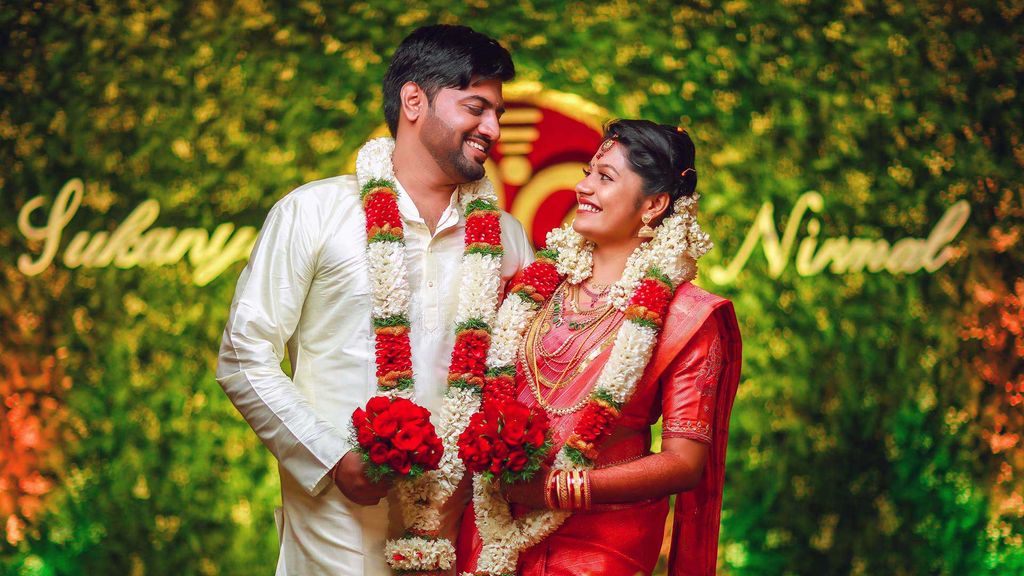Kerala Hindu Wedding
Jul 07, 2019 • 308 views
Kerala is a state of India which has a divine nickname "God's Own Country" as it is created by Lord Parashuram by throwing his ax into the sea to create new land. Kerala is a place that is rich in traditions, greenery, palm trees, cultures, and temples. The most beautiful ritual that happens in Kerala is the soulful wedding in different communities. A wedding is accompanied by different procedures and customs that are followed by ancestors. Here mainly discussing the classic Hindu Nair/Menon/Pillai Community Traditional Wedding.
When an alliance is accepted between two families of both Bride & Groom, the pre-wedding occasion is called 'NISHCHAYAM' - Engagement.
Nischayam
Nishchayam is an occasion where elders exchange the bride and groom's jathakam(Kundli) along with a plate of fruits, betel, kumkum, coins with each other. The groom's sister will help the bride to wear the jasmine flower on the bride's hair as acceptance of this relationship with a warm heart. In the day itself, elders discuss the date and venue where and when the wedding can happen, followed by the traditional sadhya. The whole event will be planned by the bride's family. Nowadays this occasion is also considered as a stage to exchange rings between bride and groom. After the engagement ceremony, there can be a gap of months to perform the wedding . The date of the wedding will be fixed based on the nakshtra (star signs) of the bride & groom.
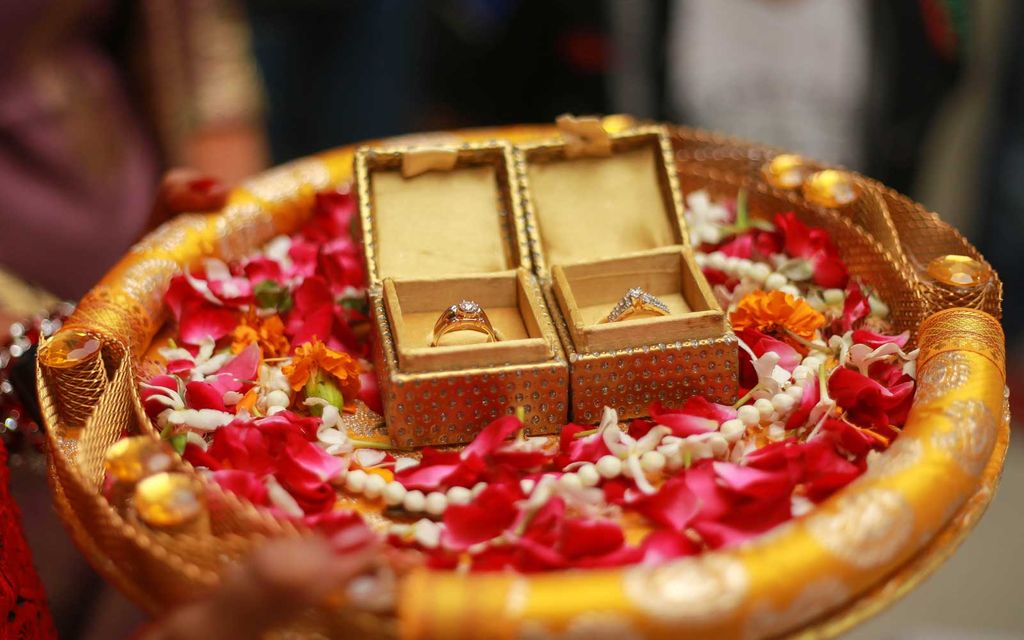
Wedding Ceremony
Various stages of planning and organizing different events are considered to be a tedious task for both Bride & Groom family. Because each part of the wedding is important and both families should not forget any of the procedures which are followed by ages. Here discussing the behind scene preparations and procedures in a Kerala Hindu Nair Wedding is as follows :
Invitation
As the first step of the wedding is to invite the family, relatives, friends, neighbors for the wedding through personal visits, phone calls and mail with the help of invitation cards.
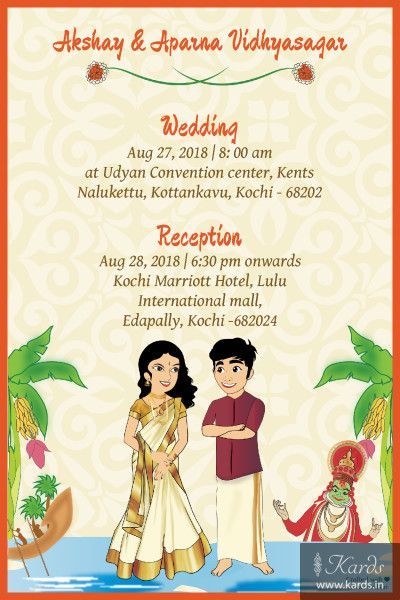
Wedding Planning
The next step is to book, organize and plan various teams that are needed to make the occasion perfect. It includes the selection of the team to decorate the wedding hall, next for the stage preparations, book food catering teams, book travel commodities, etc the list goes on. Multiple checklists will be always prepared by both families in order to not forget anything.
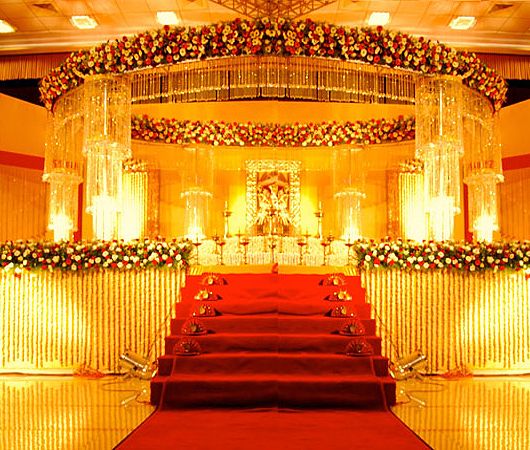
Wedding Purchase
The next step is wedding purchase which usually starts with selecting the gold jewelry for the bride to wear on her special day according to the budget. The traditional bridal look includes bridal saree, gold jewelry, jasmine flower.

Haldi and Mehendi
Haldi and Mehendi were evolved as a main pre-event nowadays which were adopted from North-Indian wedding customs. As it helps the family unit together and enjoys some memorable moments together with music, dance, food, and love.
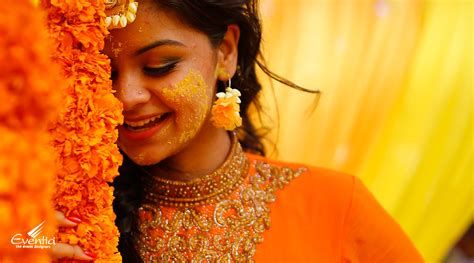
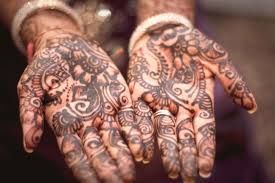
Dakshina
Dakshina is considered to be one of the sacred events that happen in both the bride and groom's home in which the couple seeks the blessing from the elders for their wedding. Every occasion will be happening perfectly when we seek blessing from the elders, that is a traditional and effective belief every Hindu people follows.
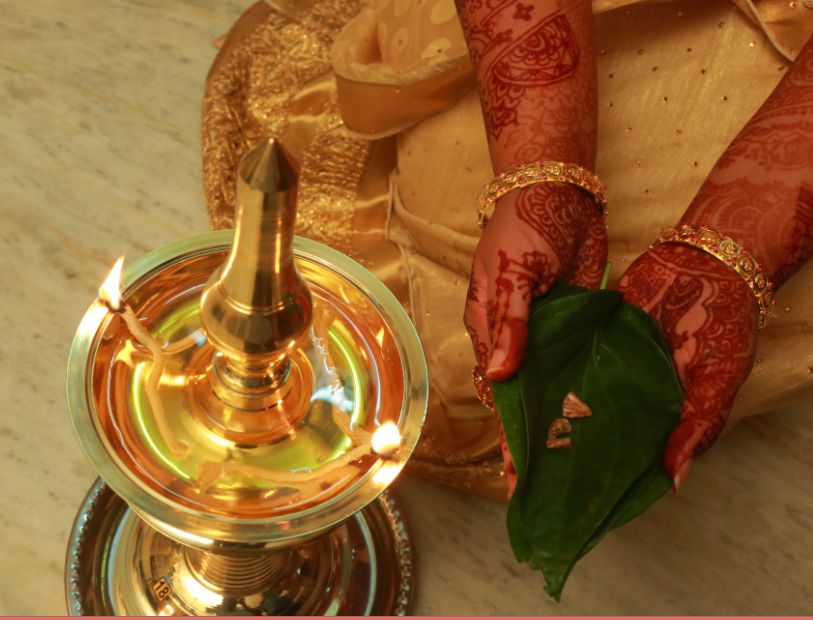
Thallikettu
On the day of the wedding, the important and precious moment is 'THALLIKETTU' where the groom wears a bride a necklace which is called 'THALLI' and it will be given in the temple for seeking blessing from the god beforehand. It represents the bride as married and unites both hearts together under the name of marriage. After this, couples exchange garlands, bouquet between each other.

Wearing Kumkum
Another sacred moment that happens in a wedding is wearing kumkum on the forehead of the bride by the groom as a part of the wedding custom to represent the marriage sign. It is considered as a symbol of divinity and the blessing of being married. An only married woman wears kumkum daily in the forehead.

Pudava Exchange
Another event is the exchange of 'pudava' that is the saree. Two sarees will be given to the bride from the groom's side. These two sarees will be used later. One will be used before going to the groom's home after marriage. As the first day will be spent in the bride's home as per Nair culture, the second saree will be used on the next morning to enter the groom's home.

Kanyadhanam
Another most touching moment is when the father gives his daughter's hand to the groom as a representation of giving his treasure to the man of her life. It symbolizes that the father is fully giving the rights of her daughter to the groom to protect, love, care for the rest of their lives.

Sweet Giving
It is an event to give sweets to both the bride and groom after all the events by the parents and relatives as a part of a happy note. The sweet will be a mixture of milk, sugar, and banana. Every occasion should always end in a sweet note.

Sadhya
Sadhya is considered to be a feast of food with different varieties of various tastes like salt, sour, chilly and sweet. It is like a thanksgiving from the families for the people who attended the special occasion and blessed their children.
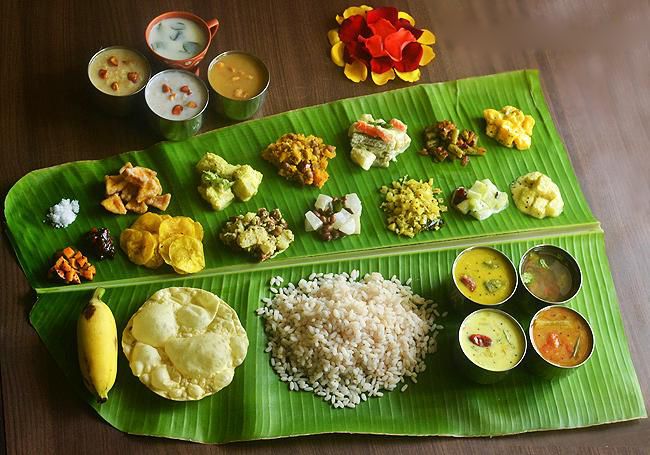
Therefore with the blessings and love from parents, family, relatives and friends both bride and Groom start their 'Happily Ever After' journey in a sweet note.
